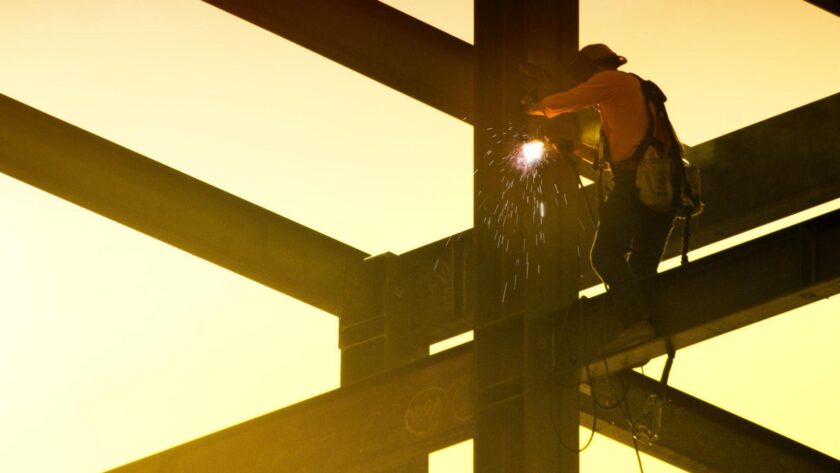A wall that serves to divide one tenant area from another is known as a demising wall. Why is it vital to have a demising wall? Simply put, it serves to demarcate the boundaries of two parcels of land or real estate that are physically close together.
There are Many Different Names for a Demising Wall
A demising wall may also be referred to by a variety of other names. Some people refer to them as a divider wall, occupancy separation walls, party walls, fire walls, party dividers, common walls, or separation walls.
They may be either structural or non-structural walls, and they can be found in almost any kind of construction. A demising wall and a party wall are synonymous terms used in the United States. Demising walls are a potential feature in a variety of residential construction types, including apartment complexes, townhouses, and condominiums. Demising walls may also be seen in public structures including malls, universities, hospitals, factories, and offices.
Demising Wall Definition
A demising wall, also known as a dividing wall, is a kind of partition used to divide a building into two or more independent units, shared spaces, or individual tenant units. Buildings having several tenants, such as office complexes, apartment buildings, retail strip malls, and commercial buildings, are the traditional settings for the installation of partition walls (https://www.civilengineeringweb.com/2021/06/typeb.com)) known as demising walls. Demising walls stretch from the floor to the tenant’s roof deck.
In addition, demising walls may extend horizontally to outside walls, CMU, concrete structural walls, or other rated barriers. Walls that have a fire rating must be continuous with the building’s exterior or with other rated components that are located inside the structure.
Putting up a Wall to Divide Things
The Reason Behind the Construction of a Partition Wall
A demising wall’s most common use is to demarcate the boundaries between different tenants, but it has many other applications as well. In addition to the obvious function of separating spaces, a dividing wall has numerous other applications as well.
In the case that there is a fire, a demising wall will establish separation between the two halves of the building, which is another one of the wall’s key purposes. For this reason, a demising wall might also be called a firewall. When it comes to construction and the real estate industry, safety must always come first.

Protection from the flames
Fire protection, as well as the containment of a fire and the prevention of its further spread if one should break out, is among the most essential parts of building safety. The dividing wall takes on a significant function at this point in the process. The demising wall acts as a physical barrier and is often insulated to lessen the amount of noise that may be heard between tenants.
In order to lessen vibration transmission and provide additional sound barrier protection, resilient channels are sometimes placed to the demising wall. Insulation will also assist with the efficiency of energy use between two different tenant areas. It’s possible that a significant portion of the room will not be finished, which means that the insulation will keep the warm or cold air in the area that has been completed.
The Fire Resistant Demising Wall
Demising walls serve as a first line of defense against the spread of fire from one apartment to another. A demising wall can prevent fire from spreading into your apartment even if your next-door neighbor starts a blaze in their own kitchen. In such cases, a “fire rating” may only be reached if the demising wall was constructed in accordance with a specified set of rules and regulations.
There Are Numerous Varieties of Partition Walls
It would be practically impossible to enumerate all of the many kinds of dividing walls that are available today. Construction materials for dividing walls vary widely, but common ones include concrete, CMU blocks, wood frame, and drywall. Again, it’s the architect’s and designer’s responsibility to define demising walls to meet local building requirements and fit the building structures they’re developing.
In addition, it is the responsibility of the construction contractor to guarantee that the walls, as well as the rest of the structural steel shapes, are constructed in a manner that adheres completely to the standards outlined in the plans and specifications. Local construction inspectors are also responsible for making sure every instruction was followed to the letter.
Comparison of a Demising Wall with a Separation Wall
Some walls may give the impression that they are demising walls; however, they are really only separation walls. Even though there are towering warehouse divider walls in a warehouse, they are not strictly demising barriers unless they meet fire safety standards.



